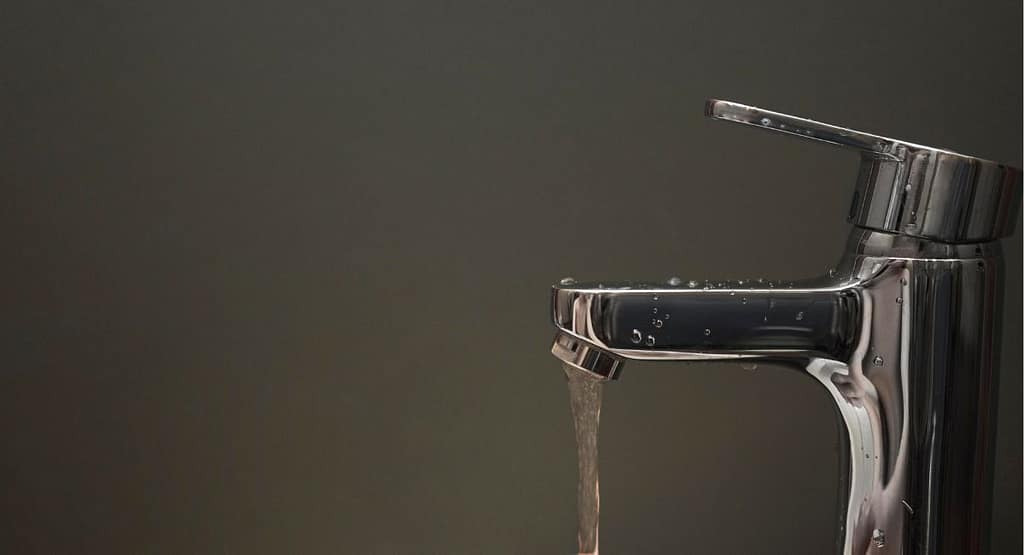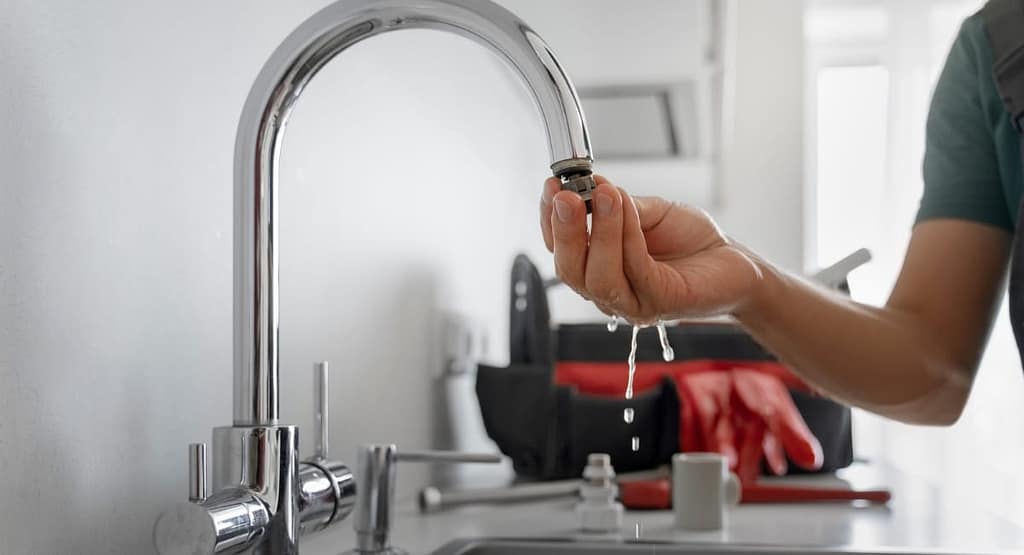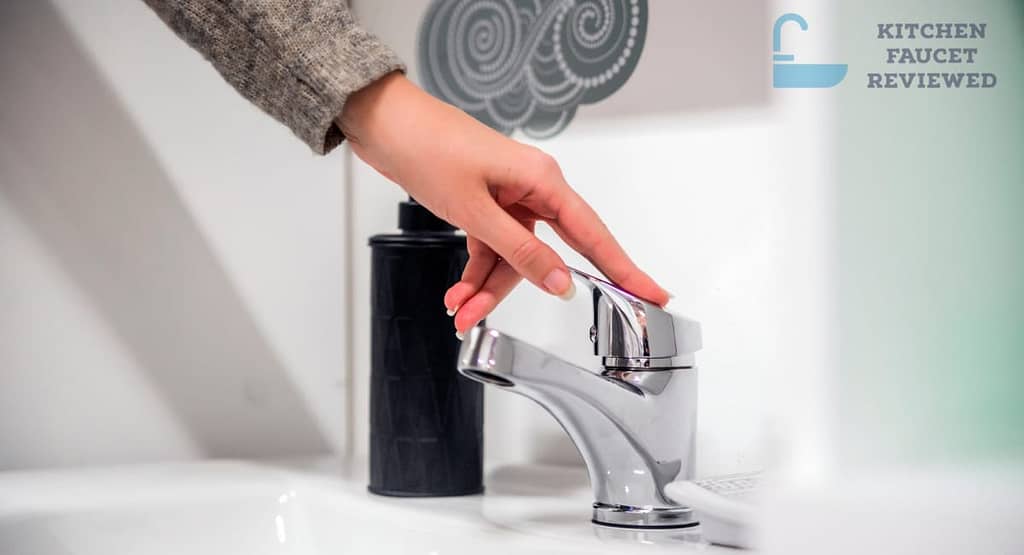Step into the future of kitchen and bathroom technology with touchless faucets, where a wave of your hand can effortlessly activate a stream of water. But what happens when this modern convenience falters? Welcome to our blog, where we dive deep into the world of touchless faucets and unravel the mysteries behind faulty sensor activation.
Join us on a journey of discovery as we explore the troubleshooting techniques, expert tips, and valuable insights that will help you restore the seamless flow of innovation in your home.
Get ready to conquer the challenges and unlock the true potential of touchless faucets in our quest to make your daily life a touchless oasis of efficiency and convenience.
Understanding Faulty Sensor Activation
Faulty sensor activation in touchless faucets can occur due to various reasons, including technical issues, environmental factors, or improper installation. To gain a deeper understanding of this phenomenon, let’s explore some of the potential causes and their implications.
1: Sensor Malfunction:
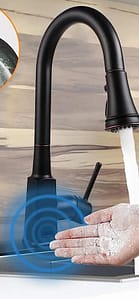
Touchless faucets rely on infrared sensors or proximity sensors to detect hand movement and activate the water flow. A malfunctioning sensor can lead to inconsistent or non-responsive behavior. This could be due to a manufacturing defect, electronic component failure, or wear and tear over time.
2: Power Supply Issues:
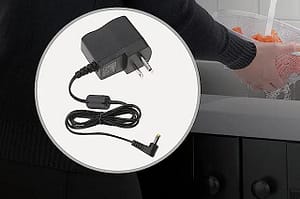
Touchless faucets typically require a power source, such as batteries or an electrical connection. If the power supply is inadequate or disrupted, it can affect the sensor’s performance. Low battery voltage or loose electrical connections can lead to intermittent or inaccurate sensor activation.
3: Environmental Interference:
Environmental factors can interfere with the proper functioning of touchless faucets. For instance, strong ambient light, particularly direct sunlight, can affect infrared sensors by causing false readings or preventing them from detecting hand movements accurately. Similarly, reflective surfaces or nearby objects can bounce the infrared signals, leading to incorrect readings.
4: Sensor Range and Angle:
Touchless faucets have specific sensor ranges and angles within which they can detect hand movements effectively. If a user’s hand is outside the sensor’s range or at an incorrect angle, the sensor may fail to activate the water flow. This can be a result of user error or inadequate installation, where the sensor is not positioned optimally.
5: Water Pressure and Flow Rate:
Touchless faucets rely on a consistent water pressure and flow rate for proper functioning. Issues such as low water pressure, clogged aerators, or damaged valves can impact the sensor’s ability to activate the water flow reliably. It’s important to ensure proper plumbing maintenance to prevent such issues.
6: Interference from Nearby Devices:
In some cases, touchless faucets can experience interference from nearby devices that emit infrared signals, such as automatic soap dispensers or hand dryers. This interference can confuse the faucet’s sensor, resulting in faulty activation or inconsistent behavior.
Solution of Faulty Sensor Activation in Touchless Faucets
1: Check the power source:
Start by ensuring that the touchless faucet is receiving a steady power supply. Some touchless faucets rely on batteries, while others may be hardwired to an electrical source. If your touchless faucet uses batteries, check if they are depleted and replace them if necessary. For hardwired faucets, verify that the power source is functional and there are no loose connections.
2: Clean the sensor area:
Over time, the sensor area of touchless faucets can accumulate dirt, grime, or water deposits, which can interfere with the sensor’s performance. Use a mild cleaner and a soft cloth to clean the sensor area thoroughly. Refrain from utilizing abrasive substances or caustic compounds that may potentially impair the sensor’s functionality.
3: Remove obstructions:
Obstructions near the sensor can prevent it from accurately detecting hand movements. Make sure there are no objects, such as soap dispensers, towels, or other items, blocking the sensor’s view. Clear the area around the sensor to ensure unobstructed operation.
4: Adjust sensitivity settings:
Touchless faucets often come with adjustable sensitivity settings to accommodate different user preferences. If the sensor is not detecting your hand movements consistently, try adjusting the sensitivity level. Consult the manufacturer’s instructions to locate and modify the sensitivity settings accordingly.
5: Reset the faucet:
In some cases, a simple reset can resolve sensor activation issues. Refer to the faucet’s user manual to find instructions on how to reset it. Typically, this involves turning off the water supply, disconnecting power (if applicable), waiting for a few minutes, and then restoring power and water flow.
6: Seek professional assistance:
If you have tried the above troubleshooting steps and the sensor activation issue persists, it may be time to contact a professional plumber or the manufacturer’s customer support. They can provide specialized guidance, diagnose any underlying technical problems, or assist with repairing or replacing the touchless faucet if necessary.
Conclusion
Touchless faucets offer a convenient and hygienic way to use water in various settings, but faulty sensor activation can disrupt their functionality.
By following the troubleshooting steps outlined in this blog post, you can often identify and resolve the issues causing inconsistent or malfunctioning sensor activation.
Remember to check the power source, clean the sensor area, remove obstructions, adjust sensitivity settings, and consider resetting the faucet. If all else fails, don’t hesitate to seek professional assistance. With a little troubleshooting and maintenance, you can restore your touchless faucet’s sensor activation and continue to enjoy the benefits it provides.
How Touchless Faucets Impact Perception and User Experience
In recent years, touchless faucets have gained popularity in public spaces and households due to their convenience and hygienic benefits. These innovative devices utilize motion sensors to activate water flow without the need for physical contact. While touchless faucets offer practical advantages, they also have a significant psychological impact on perception and user experience.
Here we will explore the psychology behind touchless faucets, discussing their effects on human behavior, perception, and overall user satisfaction.
1. Hygiene Perception:
One of the primary reasons touchless faucets have become popular is the perception of improved hygiene.
Research has shown that people often associate touchless technology with cleanliness and reduced germ transmission. This perception is rooted in the understanding that touching surfaces, particularly in public restrooms, can lead to the transfer of bacteria and viruses.
Touchless faucets eliminate the need for physical contact, providing users with a sense of security and cleanliness. This perception can positively impact user satisfaction and comfort in public spaces.
2. Psychological Ownership and Control:
Touchless faucets alter the traditional interaction between users and the physical environment.
The absence of a physical handle or lever can lead to a decreased sense of ownership and control over the water flow. This can result in a subtle psychological shift, where users may feel more like guests rather than active participants.
The diminished control over the water flow can sometimes lead to frustration or dissatisfaction, especially if the faucet’s responsiveness is not optimal. Faucet designers should consider this aspect and ensure that touchless faucets offer a responsive and intuitive user experience to mitigate these potential negative effects.
3. Environmental Consciousness:
Touchless faucets often incorporate automatic shut-off mechanisms, which are designed to conserve water by minimizing wastage. This eco-friendly aspect of touchless faucets can positively influence users’ perception and behavior.
Research has shown that individuals tend to use less water when using touchless faucets compared to traditional faucets with handles or levers. The perception of contributing to water conservation can lead to a sense of environmental responsibility and encourage sustainable behavior.
4. Adaptation and Acceptance:
Like any new technology, touchless faucets require users to adapt to a different way of interacting with the physical environment. Initially, some individuals may experience a learning curve or hesitancy in using touchless faucets due to unfamiliarity.
However, research suggests that with repeated exposure and positive experiences, users quickly adapt and become more comfortable with touchless technology. This highlights the importance of providing intuitive designs and clear instructions to enhance user acceptance and facilitate a smooth transition.
5. Perception of Modernity and Sophistication:
Touchless faucets often convey a sense of modernity and sophistication, aligning with the prevailing technological advancements.
The presence of touchless faucets in public spaces, such as airports, hotels, and upscale restaurants, can create a perception of innovation and luxury. This association with cutting-edge technology can enhance users’ perception of the overall environment, positively impacting their experience and satisfaction.
Conclusion
The psychology of touchless faucets reveals a fascinating interplay between perception and user experience. While these faucets offer numerous advantages, including improved hygiene, water conservation, and a modern aesthetic, they also introduce new dynamics in terms of control, adaptation, and user satisfaction.
Designers should carefully consider these psychological factors to create touchless faucets that are intuitive, responsive, and enhance users’ overall experience.
By understanding the psychology behind touchless faucets, we can continue to improve and refine these innovative devices for optimal user satisfaction and acceptance in both public and private settings.


